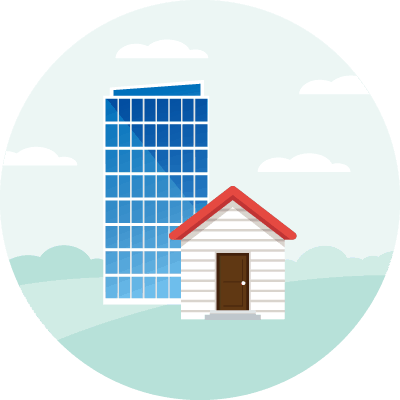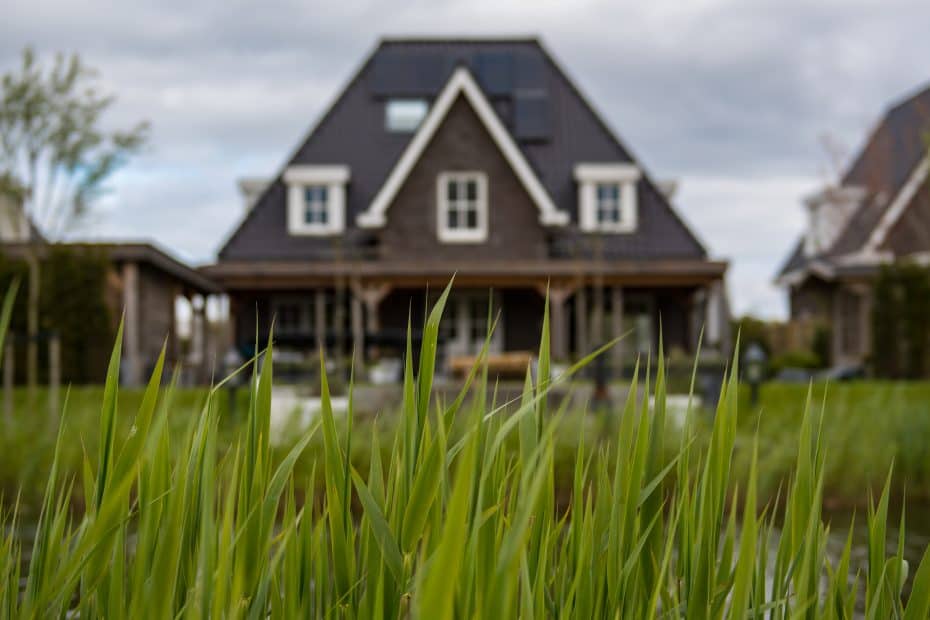What is a Class B Property?
Property Classes Explained
In conversations with real estate investors, you may hear references to the term Class B Property (or for that matter, Class A, Class C, or Class D property).
Real estate investors use these terms to describe a property’s important physical and financial characteristics. Some of these characteristics typically include (but are not limited to):
- location of the property
- age of the property
- income levels of residents
- appreciation
- condition of the property
Understanding the combination of these items can help an investor determine a general value for a property.
When discussing property classes, one important point to remember is that everything is relative. A property should be evaluated in the context of the other properties in the general vicinity.
For example, a Class B Property in one geographic location should only be compared to other Class B properties in the same area. An area may be a city or county, or another geographical area within a state. Keeping this in mind will help an investor stay focused on becoming an expert in their local market.
Class B Property Guidelines and Characteristics
While there are no official guidelines for what a Class B property is, most real estate investors identify Class B properties by some of the following characteristics:
- Location – Areas where homes are a little older and there is a little-reported crime
- Age of the Property – Typically 10 – 30 years old
- Income Levels of the Residents – Resident income is in the middle to upper-middle income bracket
- Appreciation – Fair Appreciation, but may not appreciate as well as Class A properties
- Property Condition – Some maintenance may be required
In short, Class B properties aren’t the nicest or most expensive houses, but they offer a lot of benefits and make financial sense for a larger demographic of the population.
These are the properties that are not the highest-priced or best-kept properties in the general vicinity, but they’re in the higher end of the spectrum, both in terms of size, condition, and overall amenities. Class B properties aren’t necessarily the newest properties, but they can be.
Are Class B Properties Ideal for Real Estate Investors?
Class B properties have a lot of advantages to offer someone who is using the home as their primary residence, but does it make good financial sense to invest in this type of real estate as a fix-and-flip or a rental property?
Let’s cover some of the pros and cons of investing in Class B properties.
Advantages of Investing in Class B Properties
- The upfront cost is not as prohibitive as a Class A property
- Middle-Income families are typical residents. Generally, this provides a steady tenant base where turnover is lower.
- Most of these residents take good care of their homes. Yards are kept mowed because of a higher expectation of the tenants.
- Class B Properties maintain their value for a long period of time.
Disadvantages of Investing in Class B Properties
- Some Class B Properties may need more repairs due to normal wear and tear (roof, HVAC, etc)
- There may not be a tremendous amount of equity available with a Class B property
- Class B properties may be less ideal for a new investor who has limited cash and liquidity to invest
While every real estate investor has a different financial situation with different goals, Class B investors typically have a stronger financial position with the ability to cover higher costs (both initial and ongoing) that arise from the moderate amount of deferred maintenance.







